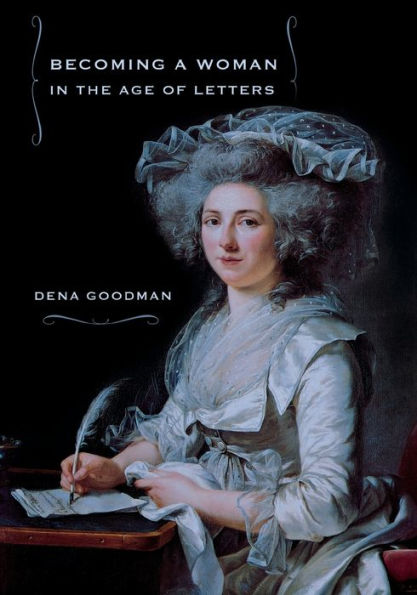5
1
9780801475450



Becoming a Woman in the Age of Letters / Edition 1 available in Paperback

Becoming a Woman in the Age of Letters / Edition 1
- ISBN-10:
- 0801475457
- ISBN-13:
- 9780801475450
- Pub. Date:
- 06/15/2009
- Publisher:
- Cornell University Press
- ISBN-10:
- 0801475457
- ISBN-13:
- 9780801475450
- Pub. Date:
- 06/15/2009
- Publisher:
- Cornell University Press

Becoming a Woman in the Age of Letters / Edition 1
$38.95
38.95
In Stock

Product Details
| ISBN-13: | 9780801475450 |
|---|---|
| Publisher: | Cornell University Press |
| Publication date: | 06/15/2009 |
| Edition description: | New Edition |
| Pages: | 408 |
| Product dimensions: | 7.00(w) x 9.90(h) x 0.70(d) |
| Age Range: | 18 Years |
About the Author
What People are Saying About This
From the B&N Reads Blog

